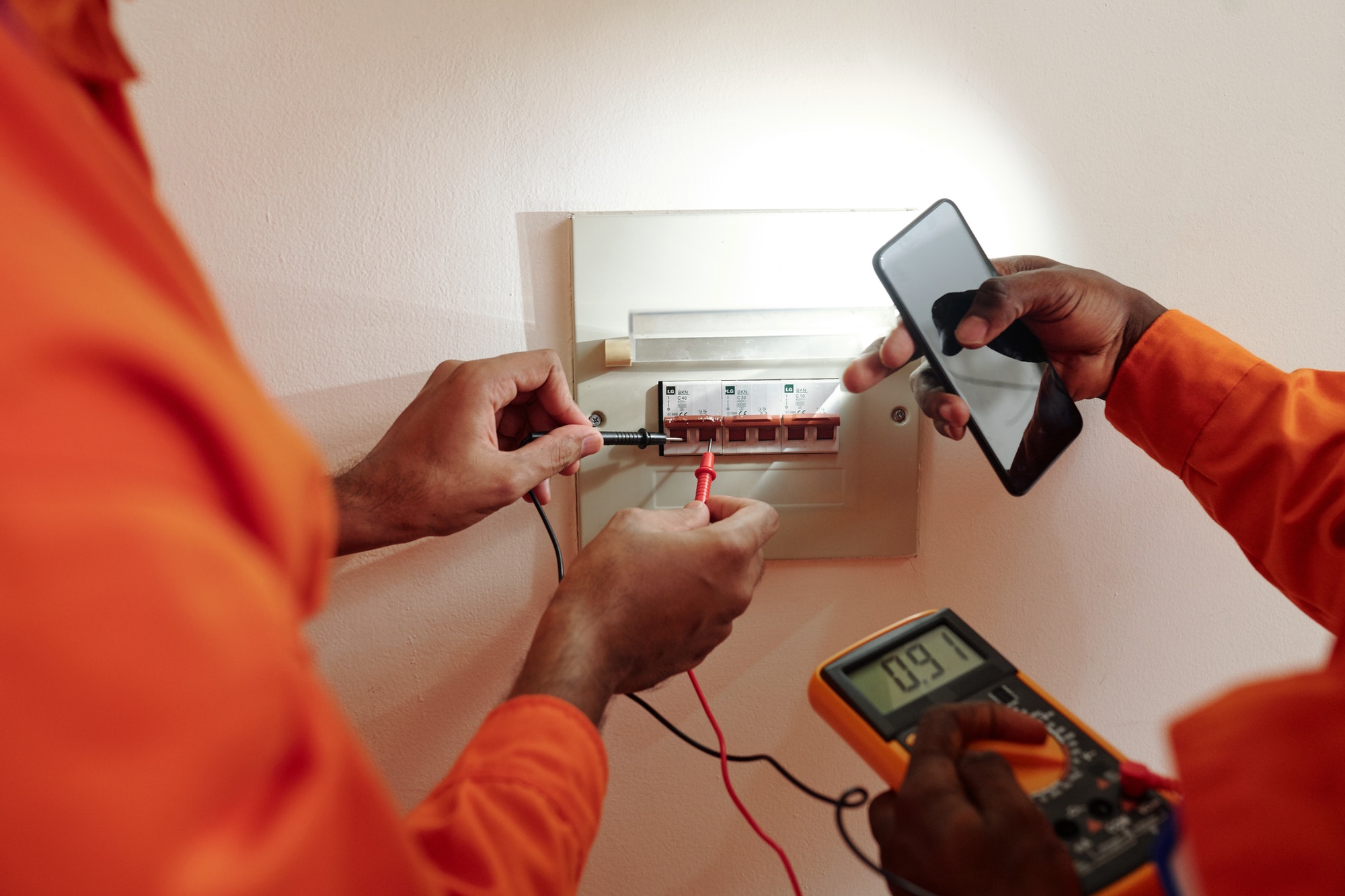Investing in solar panels is a significant financial commitment, but numerous government incentives and rebates can help offset the initial costs and maximize your savings. Understanding these programs can make solar energy more affordable and increase the return on your investment. Here are some key government incentives and rebates available for solar panel installation:
1. Federal Incentives
Federal Investment Tax Credit (ITC):
- The ITC allows you to deduct a significant percentage of the cost of installing a solar energy system from your federal taxes.
- For residential systems, the credit is currently 26% for systems installed in 2022 and 2023, and it will drop to 22% for systems installed in 2024.
- There is no cap on the amount that can be claimed, and the credit can be carried forward to future tax years if it exceeds your tax liability for the year.
2. State Incentives
State Tax Credits:
- Many states offer their own tax credits for solar panel installations, which can be claimed in addition to the federal ITC.
- The amount and eligibility requirements vary by state. For example, New York offers a state tax credit of up to $5,000 for residential solar installations.
Sales Tax Exemptions:
- Several states provide sales tax exemptions on the purchase of solar energy systems. This can reduce the overall cost of the system by exempting it from state sales tax.
Property Tax Exemptions:
- Some states offer property tax exemptions for solar energy systems, meaning the added value of the system is not included in property tax assessments.
- This helps homeowners avoid higher property taxes as a result of installing solar panels.
3. Local Incentives
Municipal Rebates:
- Some local governments and municipalities offer rebates to encourage solar panel installations. These rebates can significantly reduce the upfront cost.
- Check with your local government or utility company to see if any such programs are available in your area.
Performance-Based Incentives (PBIs):
- PBIs pay you based on the actual energy your solar system generates. Payments are typically made over several years.
- These incentives are designed to encourage optimal system performance and efficiency.
4. Utility Company Programs
Net Metering:
- Net metering programs allow you to receive credits on your utility bill for the excess electricity your solar system produces and feeds back into the grid.
- These credits can offset the cost of electricity you consume from the grid during times when your system isn’t generating enough power, such as at night or on cloudy days.
Utility Rebates:
- Many utility companies offer rebates to customers who install solar energy systems. These rebates can help reduce the initial installation costs.
- Rebates vary widely by utility, so it’s important to check with your provider for specific programs and eligibility requirements.
5. Financing Options
Solar Loans:
- Many financial institutions and solar companies offer loans specifically designed for solar energy systems.
- These loans often come with favorable terms and interest rates, making it easier to finance the upfront costs of installation.
Power Purchase Agreements (PPAs) and Solar Leases:
- With a PPA or solar lease, a third-party company installs and owns the solar system on your property, and you agree to purchase the electricity generated at a fixed rate.
- These options can provide immediate savings on your energy bills with little or no upfront cost, though the financial benefits may be less than owning the system outright.
6. Renewable Energy Certificates (RECs)
Selling RECs:
- Solar systems generate Renewable Energy Certificates (RECs) for the electricity they produce. RECs can be sold separately from the electricity generated, providing additional income.
- The value of RECs varies by market, and not all states have active REC markets, so it’s important to research the potential benefits in your area.
How to Maximize Savings
1. Research All Available Programs:
- Investigate all federal, state, and local incentives, as well as utility company programs. Utilize resources such as the Database of State Incentives for Renewables & Efficiency (DSIRE) to find comprehensive information on available incentives.
2. Combine Incentives:
- Take advantage of multiple incentives to maximize your savings. For example, combine the federal ITC with state tax credits, sales tax exemptions, and utility rebates.
3. Plan Your Installation Timeline:
- Be mindful of deadlines and phase-outs for certain incentives. Schedule your installation to ensure you qualify for the maximum available incentives.
4. Consult with Professionals:
- Work with a certified solar installer who is knowledgeable about available incentives and can help you navigate the application process.
5. Monitor Policy Changes:
- Stay informed about changes in policies and incentives at all levels of government, as these can impact the financial benefits of your solar installation.
Conclusion
Government incentives and rebates play a crucial role in making solar panel installation more affordable and increasing the return on your investment. By understanding and leveraging federal, state, local, and utility programs, you can significantly reduce the upfront costs and enhance the financial benefits of your solar energy system. Careful planning and research are essential to maximize these savings and ensure a successful transition to renewable energy for your property.






